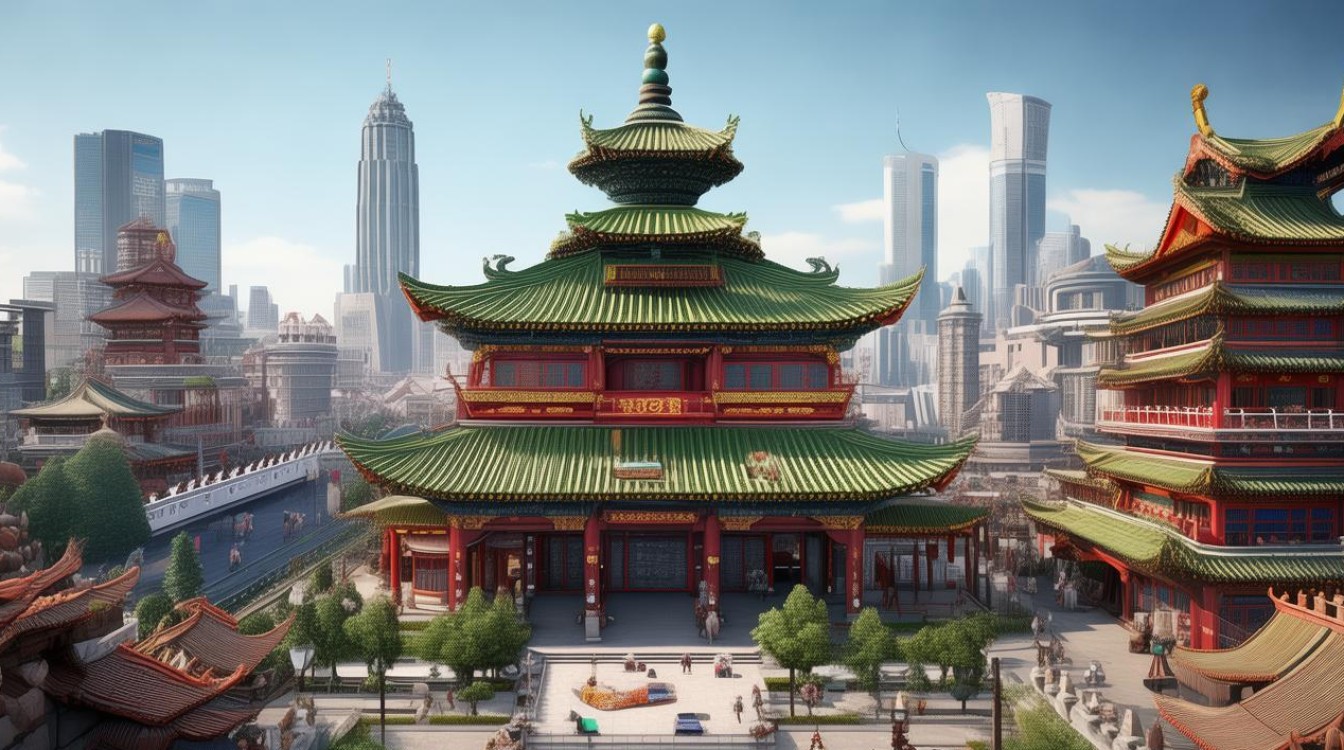Nanjing, the capital of Jiangsu Province, stands as a city where ancient heritage and contemporary vitality intertwine. With a history spanning over 2,500 years, it has served as the capital of ten dynasties, leaving behind a legacy etched in stone, culture, and memory. From the grandeur of the Ming Dynasty to the poignant reminders of modern history, Nanjing offers a journey through time, inviting visitors to explore its unique blend of resilience and renewal.

The Historical Heartbeat of Nanjing
At the core of Nanjing’s identity lies its profound historical significance. The city was the seat of power during the Ming Dynasty, and the remnants of this era are vividly preserved in the Ming Xiaoling Mausoleum, a UNESCO World Heritage Site. Nestled at the foot of Purple Mountain, the mausoleum is a masterpiece of imperial architecture, with its Sacred Way lined with stone statues of elephants, lions, and camels guarding the eternal rest of Emperor Hongwu.
Equally iconic is the Confucius Temple (Fuzimiao), a cultural hub that has thrived since the Song Dynasty. Surrounding the temple, the Qinhuai River winds through the city, its banks once bustling with scholars, merchants, and performers. Today, the area retains its charm, with lantern-lit streets, traditional teahouses, and the aroma of local delicacies like salted duck and tangyuan (sweet glutinous rice balls).
A City of Reflection and Remembrance
Nanjing’s history is not without its shadows. The Nanjing Massacre Memorial Hall stands as a solemn tribute to the victims of the 1937 atrocities. The museum’s exhibits, including photographs, personal accounts, and artifacts, serve as a powerful reminder of the city’s suffering and strength. Nearby, the Memorial to the Victims of the Nanjing Massacre offers a space for contemplation, with its stark architecture and eternal flame symbolizing hope amid tragedy.
Yet, Nanjing is also a city of rebirth. The Zhongshan Mountain National Park, named after Sun Yat-sen, the founding father of modern China, represents this spirit. The park’s lush greenery, scenic trails, and Sun Yat-sen Mausoleum—a striking blue-roofed structure—reflect Nanjing’s ability to honor the past while embracing progress.

The Pulse of Modern Nanjing
While history defines much of Nanjing’s character, the city is far from stagnant. The Xinjiekou district, a bustling commercial center, showcases Nanjing’s modern face. Skyscrapers like the Zifeng Tower dominate the skyline, housing offices, shopping malls, and luxury hotels. Beneath them, the metro system weaves through the city, connecting ancient sites with contemporary hubs.
Nanjing’s academic prestige further underscores its dynamic nature. Home to prestigious institutions like Nanjing University and Southeast University, the city attracts scholars and innovators. The Jiangsu Art Gallery and Nanjing Museum, with their vast collections of calligraphy, paintings, and relics, bridge the gap between tradition and modernity, fostering a vibrant cultural scene.
Natural Beauty and Urban Serenity
Beyond its historical and urban attractions, Nanjing is celebrated for its natural landscapes. Xuanwu Lake, a sprawling freshwater lake in the city center, offers a tranquil escape. Visitors can stroll along willow-lined paths, rent paddleboats, or admire the lake’s five islands, each with its own pavilions and gardens.
Purple Mountain, often shrouded in mist, provides another retreat. Hiking trails lead to hidden temples, observatories, and the Linggu Temple’s exquisite Beamless Hall. In spring, the mountain’s plum blossoms draw crowds, while autumn transforms the foliage into a fiery tapestry.

Culinary Delights: A Taste of Nanjing
No exploration of Nanjing is complete without savoring its culinary heritage. The city’s cuisine, part of Jiangsu’s Huaiyang tradition, emphasizes delicate flavors and meticulous preparation. Nanjing salted duck, renowned for its tender meat and aromatic brine, is a must-try. Another local favorite is duck blood and vermicelli soup, a hearty dish with a rich, savory broth.
For those with a sweet tooth, the tanghulu (candied hawthorn berries) sold along Confucius Temple’s streets offer a nostalgic treat. Meanwhile, modern cafes and fusion restaurants along Shanghai Road cater to younger generations, blending global influences with local ingredients.
Nanjing’s Enduring Allure
Nanjing is a city of contrasts—where ancient walls stand beside neon-lit avenues, where sorrow and triumph coexist in collective memory. It is a place that demands to be felt, not just seen. Whether wandering through centuries-old temples, reflecting at memorials, or enjoying the buzz of its urban centers, visitors leave with a deeper understanding of China’s layered history and its forward momentum.
The city’s ability to preserve its past while evolving as a modern metropolis makes it unforgettable. Nanjing does not merely tell stories; it lives them, offering a rare glimpse into the soul of a nation. For travelers seeking authenticity, depth, and beauty, Nanjing is not just a destination—it is an experience.



